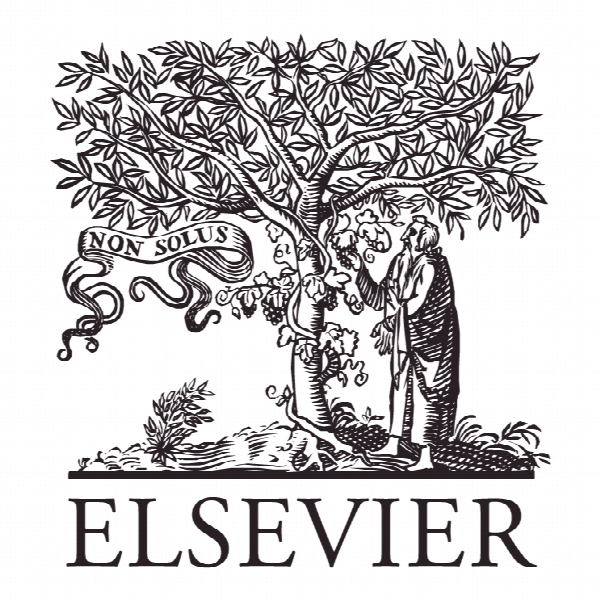شواهد و هنجارهای متعادل کننده در تکامل فرهنگی Balancing evidence and norms in cultural evolution
- نوع فایل : کتاب
- زبان : انگلیسی
- ناشر : Elsevier
- چاپ و سال / کشور: 2017
توضیحات
رشته های مرتبط علوم اجتماعی
مجله رفتارهای سازمانی و فرایندهای تصمیم گیری انسانی – Organizational Behavior and Human Decision Processes
دانشگاه مدرسه دولتی سیاست گالتان و قانون برکلی، کالیفرنیا در برکلی، ایالات متحده
نشریه نشریه الزویر
مجله رفتارهای سازمانی و فرایندهای تصمیم گیری انسانی – Organizational Behavior and Human Decision Processes
دانشگاه مدرسه دولتی سیاست گالتان و قانون برکلی، کالیفرنیا در برکلی، ایالات متحده
نشریه نشریه الزویر
Description
Introduction Cultures evolve through a balance of individual learning and social transmission (Boyd & Richerson, 1985). This is no less true in academic scholarship than in other cultural communities. Consider the cultural practice of null-hypothesis testing in social science. Most readers of this journal engage in this practice; we were taught the practice, given reasons for the practice, and completed problem sets that allowed us to explore the merits of the practice. But very few of us independently discovered the practice; we adopted it because the community had already adopted it, and we persist in the tradition even when editors try to nudge us into alternative practices (Fidler, Thomason, Cumming, Finch, & Leeman, 2004). And irrespective of one’s views of the evidence and logic behind null-hypothesis testing (see Cumming, 2014 for a recent overview), there is one feature we have adopted without any compelling mathematical or empirical reasons – the convention to set the critical rejection region at p = .05 (rather than, say, .02 or .20), as was proposed fairly arbitrarily by Fisher (1928, p. 45). Thus, null-hypothesis testing involves two issues: Where to place the threshold, and how strictly and uniformly to place the threshold. But at a meta-level, it illustrates the same issues with respect to two other thresholds – our epistemic and social thresholds for adopting that .05 threshold. In this paper, I argue that for the advantages of understanding cultural transmission in terms of such shared thresholds on evidence and on norms. These thresholds, which establish our relative responsiveness to evidence and norms, are characterized by two properties (MacCoun, 2012). First, these thresholds have a location, and the asymmetry of that location (i.e., the extent to which it is differs from .5 on a 0–1 metric) reveals whether the assessment has a bias. Second, these thresholds can range from very soft to very hard, a property I call ‘‘clarity.’’ I argue that these properties can be estimated from data, and that together, these estimated parameters can indicate the extent to which people have a shared conceptual scheme for assessment. Beginning with the pioneering works by Cavalli-Sforza and Feldman (1981) and Boyd and Richerson (1985), there is now a large and impressive body of theoretical and empirical work on cultural learning and cultural evolution (see Bentley & O’Brien, 2011; Boyd & Richerson, 2005; Henrich, 2000; Henrich & McElreath, 2003; Hoppitt & Laland, 2013; Rendell et al., 2011). This work demonstrates the value of applying Darwinian concepts like selection, retention, and fitness to the emergence and endurance of cultural practices and beliefs.


